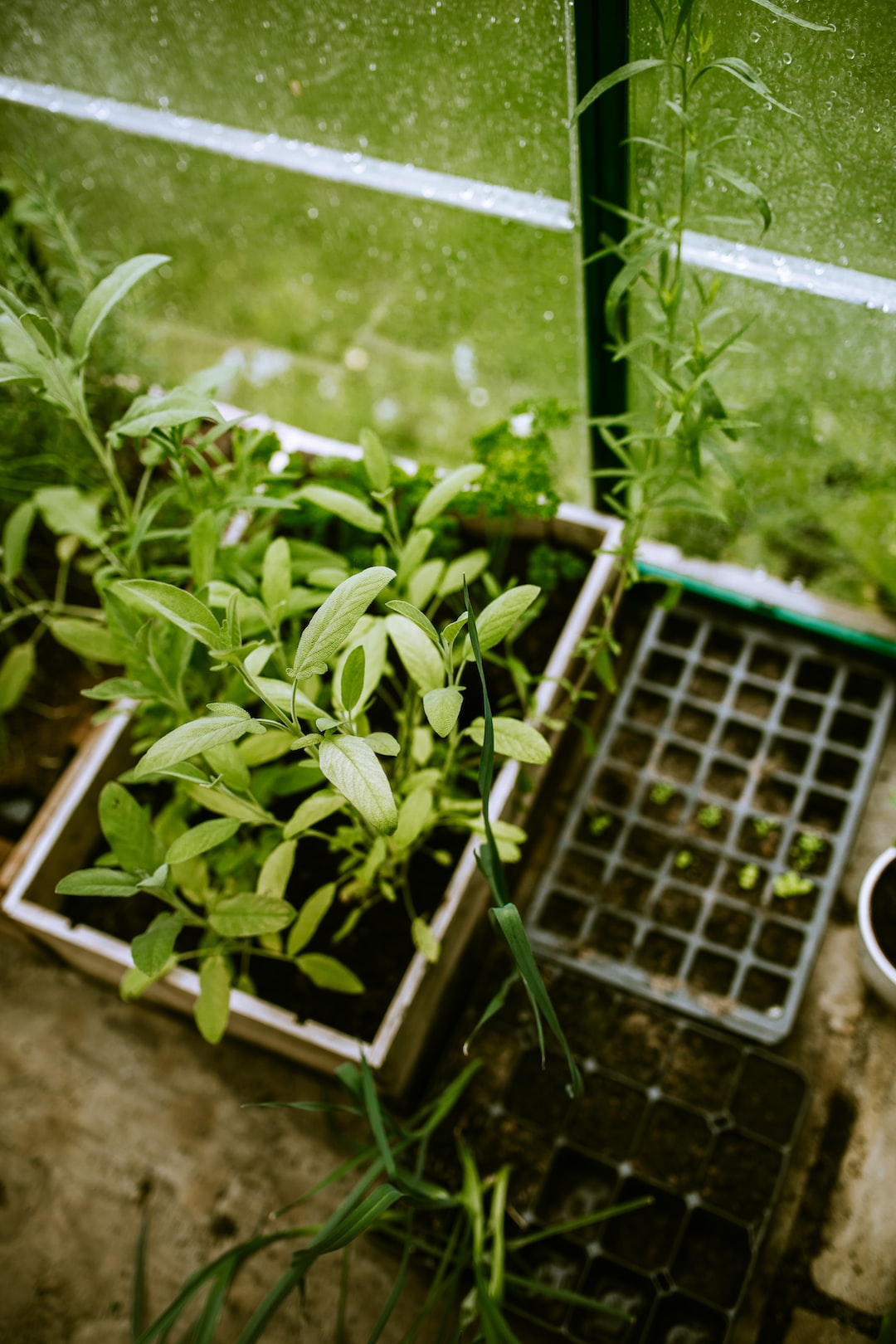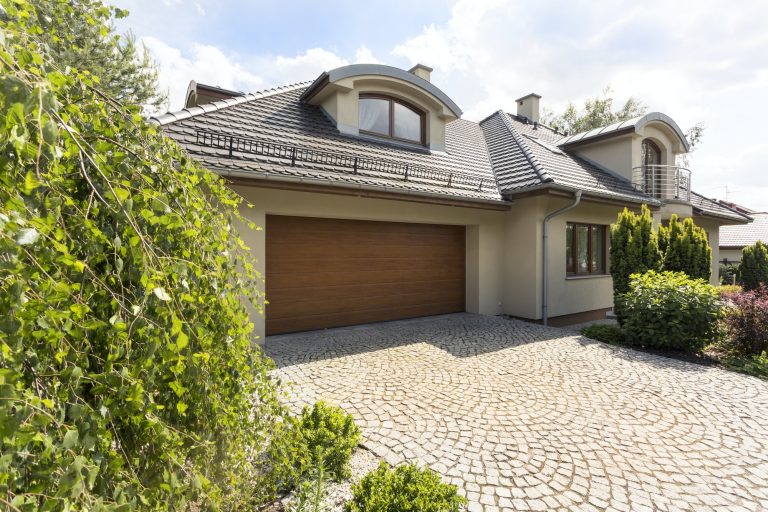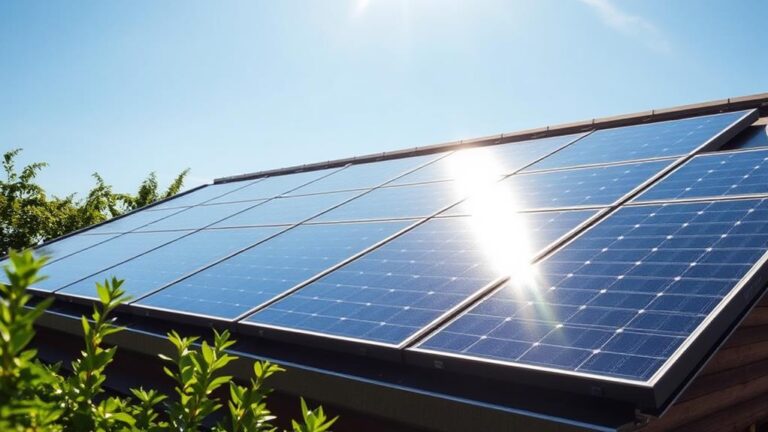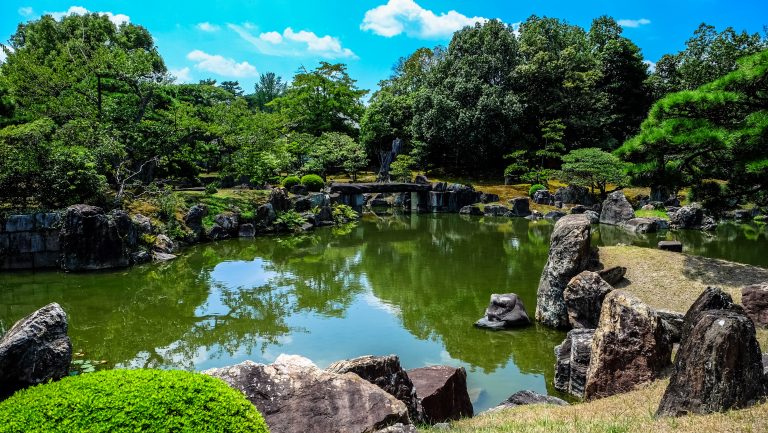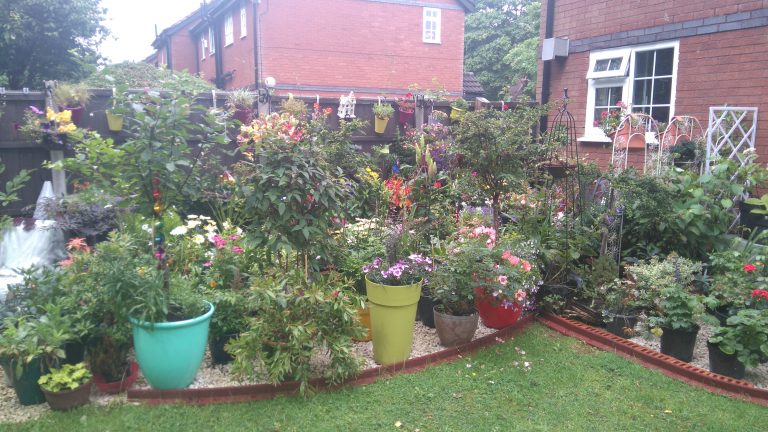The Beginner’s Guide to Gardening: Tips and Tricks for a Successful Garden
Are you keen on starting your own garden but don’t know where to begin? Whether you’re interested in growing vegetables, herbs, or flowers, gardening is a rewarding and enriching hobby that offers numerous physical and mental health benefits. From reducing stress and anxiety to improving heart health and immunity, research has shown that gardening is a powerful tool for promoting overall well-being.
However, starting a garden can seem daunting, especially for beginners. With so many plant options, types of soil, and tools to choose from, it’s easy to get overwhelmed. But don’t worry – in this Beginner’s Guide to Gardening, we’ll cover all the basics you need to get started.
Choosing and Preparing a Garden Site
Before you start planting, it’s essential to choose the right site and prepare your soil properly. Here are some factors to consider when selecting a garden site:
Location and Sun Exposure
The location of your garden plays a crucial role in the success of your plants. Look for an area that gets a minimum of six hours of direct sunlight per day. Avoid areas with too much shade or too much wind, as this can affect plant growth and production.
Soil Preparation
Your soil’s quality is one of the most important factors in growing a successful garden. Before planting, it’s essential to test your soil to understand its pH levels and nutrient content. You can buy a soil testing kit at your local gardening store or send your soil sample to a laboratory for analysis.
Once you understand your soil’s condition, you can prepare it for planting. Organic matter, such as compost or aged manure, can help improve soil fertility and structure. You can also add soil amendments, such as lime or sulfur, to adjust the pH levels.
Designing Your Garden
Now that you’ve chosen a garden site and prepared your soil, it’s time to start planning your garden’s design. From selecting plants to deciding how to space them, there are many factors to consider.
Choosing Plants
Selecting plants that suit your local climate is crucial to ensure a successful garden. You can find plants suitable for your area at your local garden center or online. For beginners, it’s best to choose plants that are easy to care for, such as lettuce, tomatoes, and herbs like basil and parsley.
Planting and Spacing
When it’s time to plant, make sure you follow the instructions provided by the seed or plant labels. Proper spacing is crucial for plant growth, as overcrowded plants are more prone to disease and pests. Use a gardening ruler or a tape measure to give your seedlings the right amount of space.
Caring for Your Garden
Now that your garden is planted, it’s essential to maintain it to ensure it grows healthy and produces plenty of blooms or crops. Here are some essential things to keep in mind:
Watering
Proper watering is critical for growing healthy plants. Most plants need about an inch of water per week. Watering deeply two to three times a week is better than shallow watering every day, as it helps encourage root growth.
Using a soaker hose or drip irrigation can also help conserve water and deliver it directly to the soil where the plants’ roots are.
Fertilizing and Mulching
Fertilizers are essential for promoting healthy plant growth and increasing yields. However, it’s essential to pick the right type of fertilizer for your plants and use it sparingly. Organic fertilizers, such as compost or fish emulsion, are safer for the environment and also provide the necessary nutrients for plant health.
Mulching your garden is also essential for reducing weed growth, conserving water, and regulating soil temperature. Use organic mulch like wood chips, leaves, or grass clippings.
Pest and Disease Control
Pests and diseases are one of the most common problems in gardening. To prevent pests and diseases, proper plant spacing, crop rotation, and timely watering are essential. When it comes to dealing with pests, there are many non-toxic solutions, such as insecticidal soap or neem oil.
Harvesting and Maintenance
The final stage in your gardening journey is harvesting your crops and maintaining your garden. Here are some tips to keep in mind:
When and How to Harvest
Most plants will show signs of readiness to harvest when they have matured, such as ripe colors or a pleasant smell. For fruits and veggies like tomatoes and zucchini, harvesting them while they’re small and tender will ensure the best flavor.
Maintenance and Storing Equipment
Maintain your gardening tools and equipment by cleaning and storing them properly to prevent rust and decay. Use a clean cloth to wipe your tools down after use, and apply oil periodically to keep them in good condition.
Conclusion
Gardening is a wonderful hobby that offers numerous physical and mental health benefits. By following the above tips and tricks, even beginners can start growing beautiful plants and produce at home. So why wait? Start your gardening journey today and see the benefits for yourself.
Key Takeaways
– Choose a garden site with a minimum of six hours of direct sunlight per day.
– Test your soil and prepare it with organic matter and soil amendments.
– Choose plants that are easy to care for and suit your local climate.
– Proper watering, fertilizing, and mulching is essential for plant health.
– Use non-toxic solutions for pest and disease control.
– Harvest crops when they show signs of maturity and store your tools properly to maintain them.

